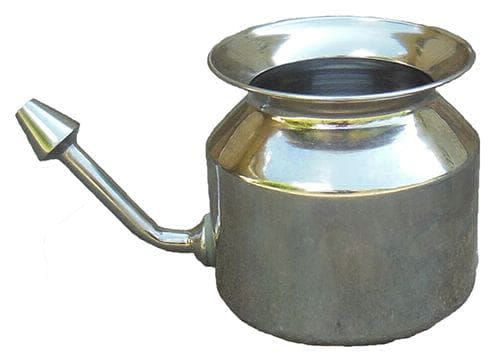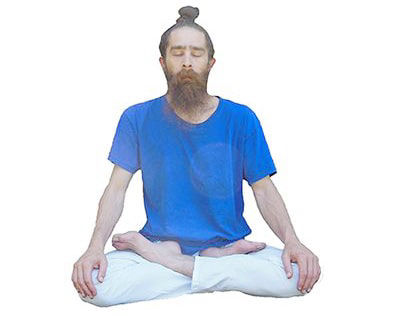In Sanskrit, Shat means "six" while Karma means "action." This practice includes six purification techniques or cleansing actions described in Hatha Yoga Pradipika, Gheranda Samhita, Yogini Tantra and the Yogatattva Upanishad. This practice is also preformed in Kriya Yoga where it is referred to as Shatkriya.
These practices are also used in Ayurveda which is a sister science to Yoga and is a form of medicine practiced in India, where they are used to bring balance to the three Doshas meaning "body types." This practice makes the body clean, strong and free of diseases by removing toxins, improves concentration, as well as improves the flow of Prana meaning "life force energy" into the organs.
The Hatha Yoga Pradipika states that the body is like a temple and therefore this practice should be preformed to cleanse the mind and body of impurities, allowing the practitioner to receive the maximum benefits provided by the practices of Yoga.
This practice at first may appear to be difficult but with practice and the proper guidance of a knowable teacher, the practice is easy to preform. Techniques of this practice should be learned from an experienced Yoga teacher. Some of the techniques have more than one variation.



